News
Designing for Conversion: How AI is Influencing Web Design Practices
With the inexorable march of technology and the ever-growing role of artificial intelligence (AI) in almost every sector, the realm of web design has been no exception to this transformative wave. No longer is web design solely the purview of human intuition and creativity. Today, the confluence of AI-driven algorithms and creative web design are driving enhanced user experiences and, crucially, higher conversion rates.
The premise of conversion design is straightforward: create a website that transforms visitors into customers. But the implementation of this seemingly simple objective has been complex, involving intricate design principles, psychology, and technological innovation.
The advent of AI is shifting this balance, providing insights and tools that are reshaping how designers approach their craft in the UK and beyond.
1. Understanding User Behaviour with AI
Before delving into how AI impacts web design practices, it’s essential to understand its role in comprehending user behaviour. By analysing vast datasets, AI can provide insights into how users interact with a website – where they click, how long they stay on a page, and what content drives them towards making a purchase or signing up.
In the UK, 47% of businesses are now using AI to glean insights from customer data source. This offers a more profound understanding of what website visitors want, enabling web designers to better cater to those desires.
2. Personalisation is Key
One of the standout benefits of using AI in web design is its ability to personalise the user experience. With AI-driven algorithms, websites can now deliver customised content in real-time based on a user’s interaction history and preferences.
For instance, if a visitor has shown a penchant for a particular type of product on an e-commerce site, AI can showcase similar products or services, increasing the likelihood of a sale. In fact, personalisation has been reported to boost conversion rates by up to 8% for UK e-commerce businesses source.
3. Predictive User Experience (UX)
Web design has always been about crafting the optimal user experience. AI takes this a step further by offering a predictive user experience. Based on past user interactions, AI can predict what a visitor is likely to do next and adjust the design in real-time.
For instance, if a user frequently abandons their shopping cart on an e-commerce platform, AI can detect this pattern and immediately offer a discount or a pop-up reminder to encourage completion of the purchase.
4. Chatbots and Customer Interaction
The integration of AI-driven chatbots into web design has drastically transformed the way businesses interact with their customers. These chatbots, with their constantly improving natural language processing capabilities, can handle a multitude of customer queries without any human intervention, providing instant responses and aiding in conversion.
Chatbots have seen a surge in adoption, with over 60% of UK businesses believing that they can deliver significant cost savings and boost sales source.
5. Dynamic Content Adjustments
Gone are the days when a website’s content remained static for all visitors. AI enables dynamic content adjustments, where the content displayed can change depending on a myriad of factors, such as the time of day, the visitor’s location, or even the weather. This ensures that the content is always relevant, fresh, and more likely to engage the visitor, leading to higher conversion rates.
6. Automated A/B Testing
A/B testing, the process of comparing two versions of a webpage to determine which one performs better, has been a staple in conversion design. AI has taken this to a new level by automating the process. AI can run multiple tests simultaneously, learn from user interactions, and continuously optimise web design for better conversions. This real-time adjustment can greatly improve a site’s effectiveness without constant human oversight.
7. Enhanced Visual Engagement through AI
Visual elements play a crucial role in engaging website visitors. AI tools now offer automated image recognition and categorisation. If a particular type of image or design element consistently results in higher user engagement or conversions, AI algorithms will promote those visuals more prominently.
8. Improved Accessibility
Web accessibility has become a significant concern, especially with tightening regulations around ensuring that websites are accessible to everyone, including those with disabilities. AI-driven tools can now automatically scan websites for accessibility issues and suggest fixes, ensuring that sites cater to a broader audience and thus have a wider potential for conversions.
9. Data-Driven Insights
Web design, traditionally an art, is now also a science. With AI’s capability to analyse vast amounts of data, web designers are armed with actionable insights that inform design decisions. This ensures that design choices are not just aesthetically pleasing but also optimised for conversion.
As AI continues to weave its way into the fabric of web design, its influence is undeniable. By offering more profound insights, automating tasks, and constantly optimising websites in real-time, AI is proving to be an invaluable asset in the quest for higher conversion rates.
However, while AI brings myriad benefits, the human touch remains essential. The intuition, creativity, and understanding that a human designer brings to the table can’t be wholly replicated by machines. Therefore, the future of web design, at least for the foreseeable horizon, will likely be a harmonious blend of human creativity and AI-driven efficiency.
As with all technological advancements, it’s crucial for businesses and designers in the UK and globally to adapt, learn, and integrate these new tools into their practices. In doing so, they can ensure that they remain at the forefront of web design innovation, offering experiences that not only delight users but also drive conversions.
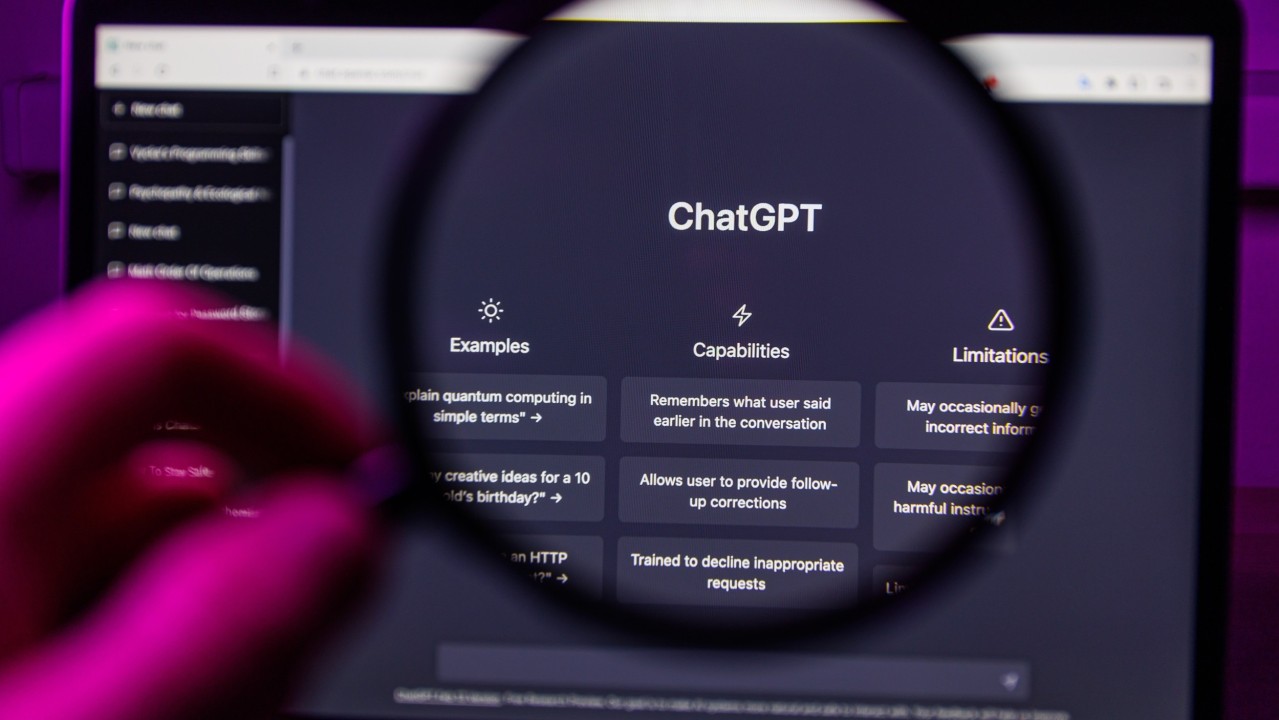
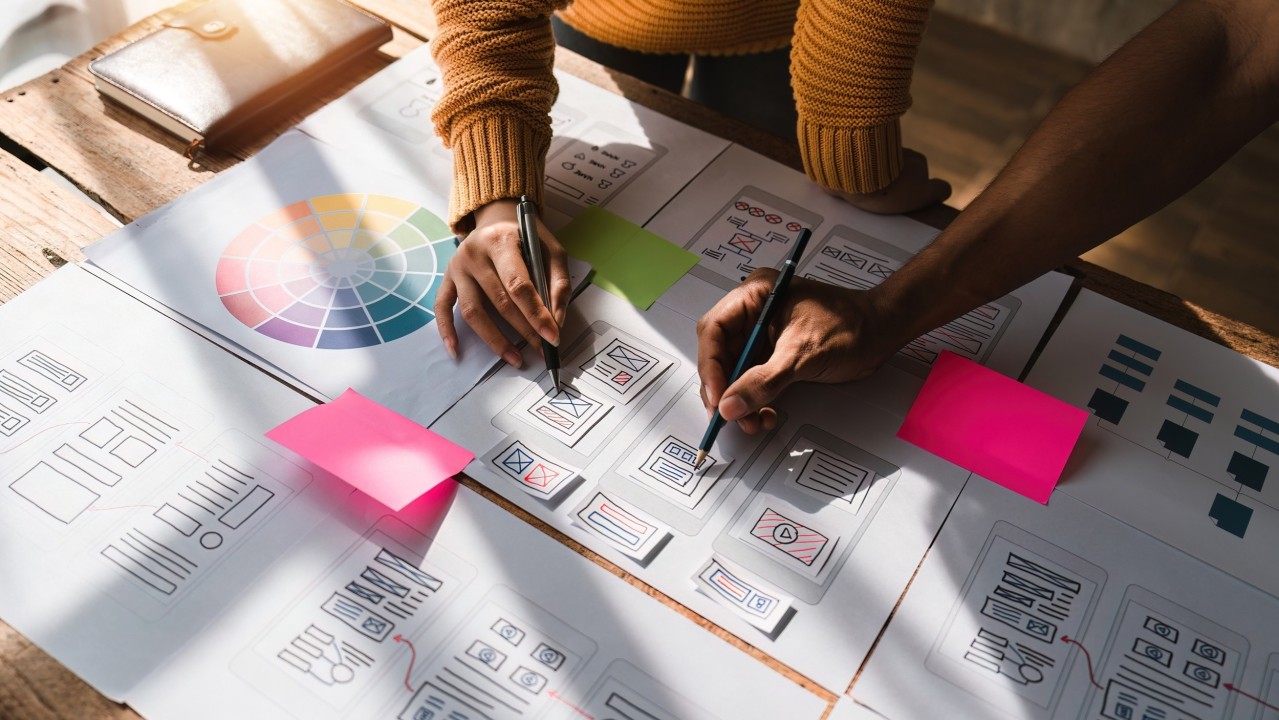
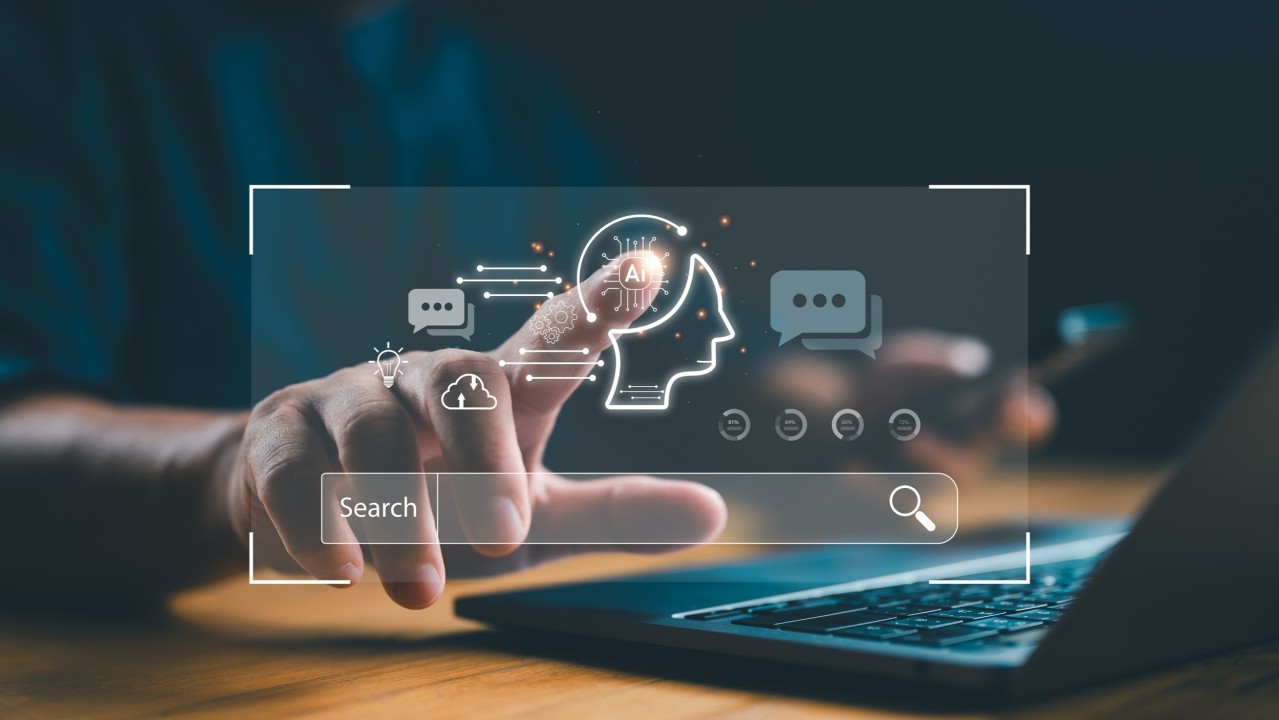
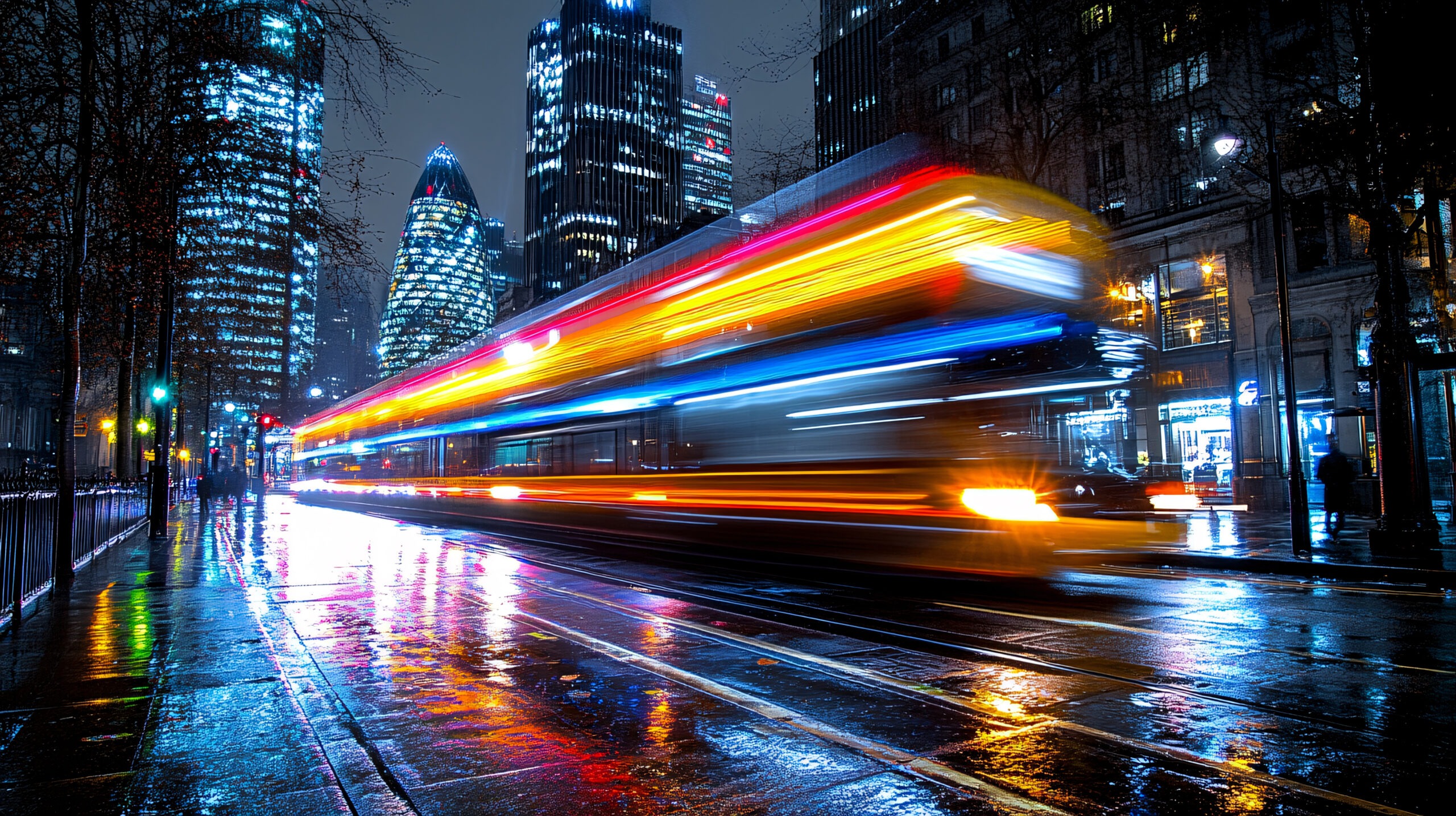
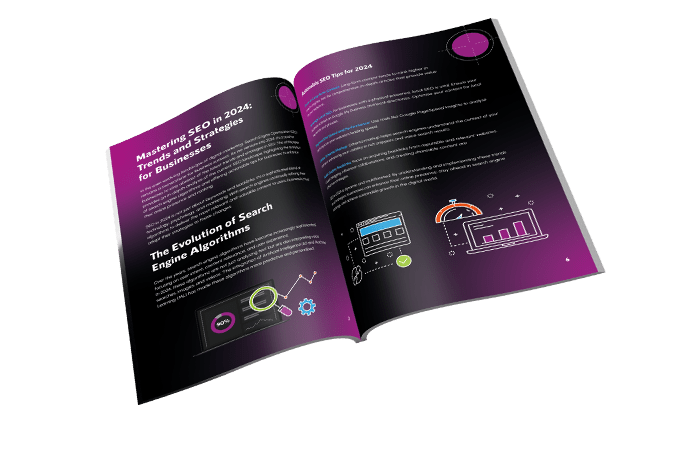
The Ultimate Social Media Guide
With the ever-growing power of social media, we use the latest techniques, video, and animation software to craft eye-catching social media assets that make your brand pop. Our designers, wielding Adobe Creative tools, create distinctive animations and graphics to illuminate your brand story and highlight your products or services. Want a unique design? No problem – we also offer bespoke designs to match your brand aesthetic.